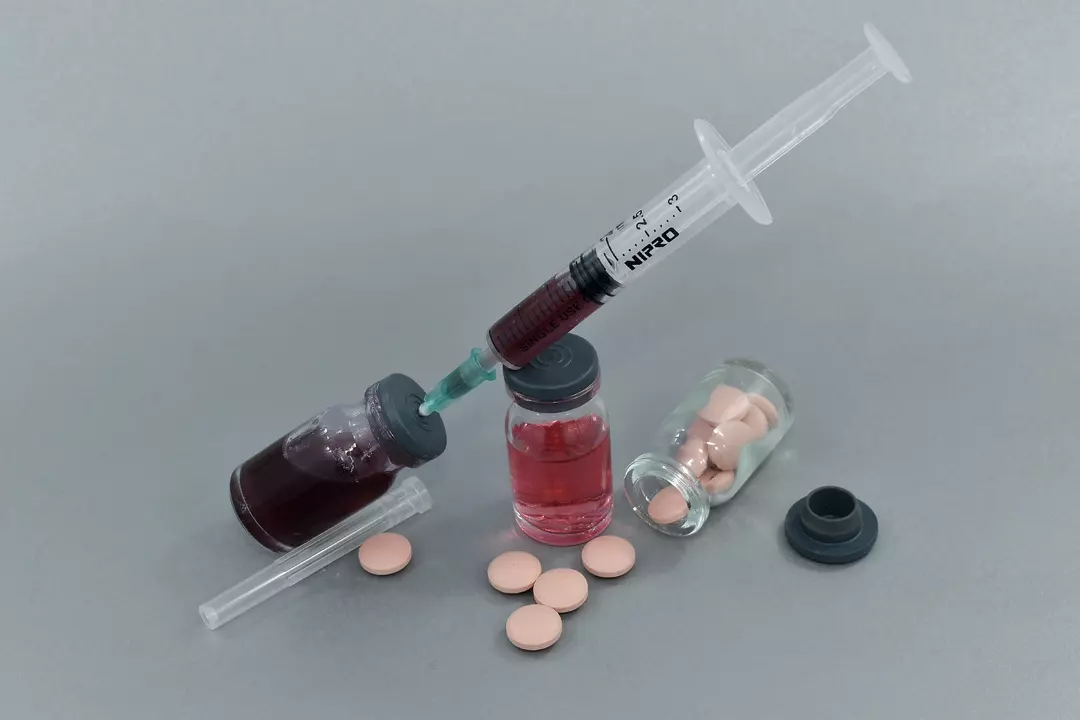Anticoagulant Basics: What You Need to Know
If you’ve ever heard a doctor mention "blood thinner," they’re talking about anticoagulants. These meds keep your blood from forming dangerous clots that can cause strokes, heart attacks, or deep‑vein thrombosis. The idea is simple – thin the blood just enough so it flows smoothly, but not so much that you bleed everywhere.
Anticoagulants come in two main families: the older vitamin K blockers like warfarin, and newer direct oral anticoagulants (DOACs) such as apixaban, rivaroxaban, dabigatran, and edoxaban. Warfarin has been around for decades and requires regular blood tests to keep your dose right. DOACs are marketed as easier – they have fixed dosing and don’t need routine lab checks.
How Anticoagulants Work
Warfarin blocks vitamin K, a nutrient needed for clot‑forming proteins. By lowering those proteins, the blood stays less sticky. DOACs take a different route: they target specific steps in the clotting cascade – either blocking factor Xa (apixaban, rivaroxaban, edoxaban) or thrombin (dabigatran). This focused action means fewer food and drug interactions than warfarin, but each drug still has its own warning signs.
When you start an anticoagulant, the biggest thing to watch is bleeding. Minor nosebleeds, easy bruising, or gum bleeding are common early on. If you notice blood in urine, black stools, or severe cuts that won’t stop, call your doctor right away. Staying hydrated and avoiding high‑impact sports can reduce those risks.
Choosing the Right Blood Thinner
Your choice depends on health history, kidney function, and how well you can keep up with monitoring. Warfarin works well for people with mechanical heart valves or certain clotting disorders, but the need for weekly INR tests can be a hassle. DOACs are often preferred for atrial fibrillation and after knee or hip replacement because they’re simpler to manage.
Cost is another factor. Warfarin itself is cheap, yet the lab work adds up. Some insurance plans cover DOACs fully, while others make them pricey. Talk to your pharmacist about discount programs if price worries you.
If you’re looking for alternatives beyond the big names, newer agents like betrixaban or experimental oral factor‑Xa inhibitors are in trials. Meanwhile, natural options such as omega‑3 fatty acids or regular exercise can support clot prevention, but they never replace prescription meds when a serious clot risk exists.
Bottom line: anticoagulants save lives by stopping clots before they form, but they require careful use. Know which type you’re on, follow dosing instructions, and keep an eye on any bleeding signs. When in doubt, reach out to your healthcare provider – a quick check can prevent bigger problems down the road.
As a copywriter, I've recently learned about Apixaban and its link to drug-induced bleeding. Apixaban is an anticoagulant medication that prevents blood clots, but it can also lead to bleeding complications in some patients. It's important to be aware of the signs of bleeding and to communicate with your healthcare provider if you experience any. In case of severe bleeding, immediately seek medical attention to manage the situation. Remember, staying informed and monitoring your health is key to managing potential risks related to Apixaban.
Apr, 27 2023

